AO Edited
Sergeant Floyd Monument
America's first National Historic Landmark is a 100-foot tall obelisk and gravesite dedicated to the only casualty of the Lewis & Clark Expedition.
The Lewis and Clark Expedition was a resounding success given the goals set for it by President Thomas Jefferson. Over a two-year period, the Corps of Discovery explored the lands of the Louisiana Purchase all the way to the Pacific Ocean, making discoveries of exploitable natural resources and ushering in generations of settler colonialism and Manifest Destiny, all with but a single casualty. The body of the expedition’s only death, Sgt. Charles Floyd, is now entombed under an obelisk on a bluff overlooking Sioux City, Iowa.
Sgt. Floyd, the expedition’s quartermaster, took ill with what was likely appendicitis in July 1804 during the first leg of the journey. He wrote in his diary later that month that he had “recovered his helth again,” but his helth soon took a downturn. On August 20, 1804, Sgt. Floyd passed away at just 21 years of age. He was buried with military honors on a bluff just south of a river, which the expedition named the Floyd River in his honor. A modest cedar gravestone was then placed over the location of what they thought would be his final resting place. Unfortunately, Sgt. Floyd’s journey was only just beginning.
A half-century later, the town of Sioux City had grown along the banks of the Floyd River, and Sgt. Floyd’s burial site was worse for wear. South of town, Missouri River erosion had affected the bluff, and a heavy 1857 rainstorm washed away the grave. Alarmed citizens gathered whatever remains they could, and reburied Sgt. Floyd further back from the river. By 1894, his grave had been lost to history a second time, when the rediscovery of his diary from the Expedition led the residents of Sioux City to once again search for his gravesite. A year later, his grave was found in a field trampled by cattle. His remains were exhumed, and he was reburied under a marble slab.
After nearly a century of being treated like lost housekeys, Sioux City residents wanted to finally do something grand with this young explorer’s remains. Inspired by the new Washington Monument, the Floyd Monument Association was formed, and the group decided to build a 100-foot tall obelisk in Sgt. Floyd’s memory. The association raised funds for the next five years, and construction began in 1900. On Memorial Day, 1901, the monument was completed. Sgt. Floyd was entombed inside the monument, finally laid to rest at last. In 1960, the Sgt. Floyd Monument was named the first-ever National Historic Landmark in the United States, and efforts to preserve this site continue to this day.
Know Before You Go
The monument is free and open to the public. At night, the monument is lit with LED lighting. As of 2023, the monument is in need of major restoration, so Sgt. Floyd's journey may yet continue.


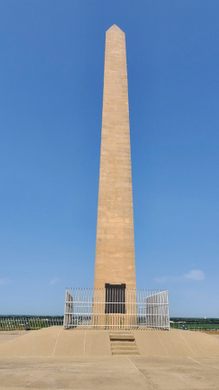

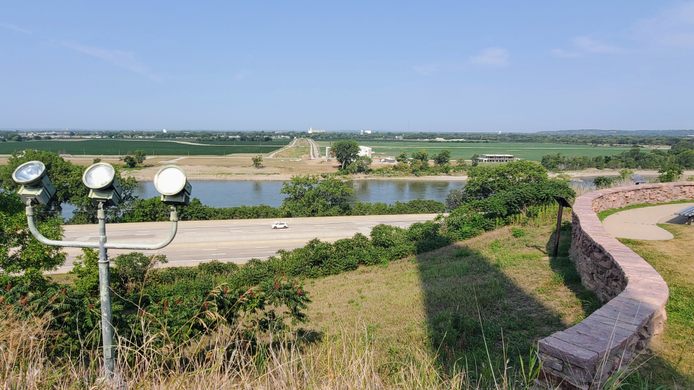
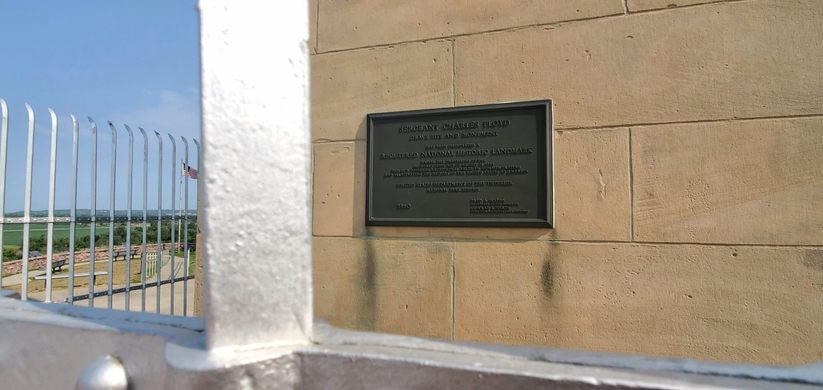
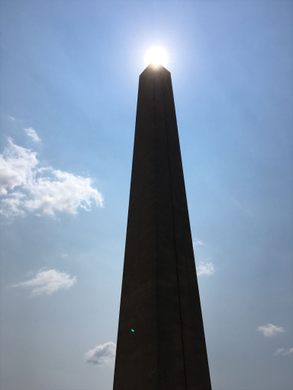
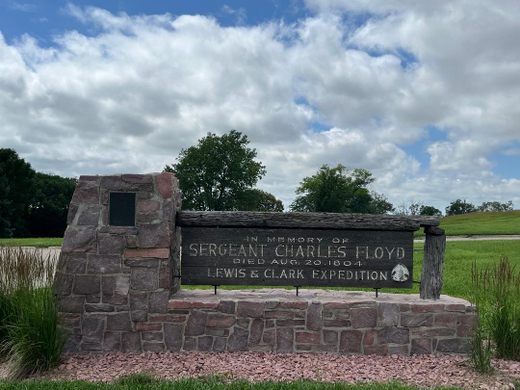
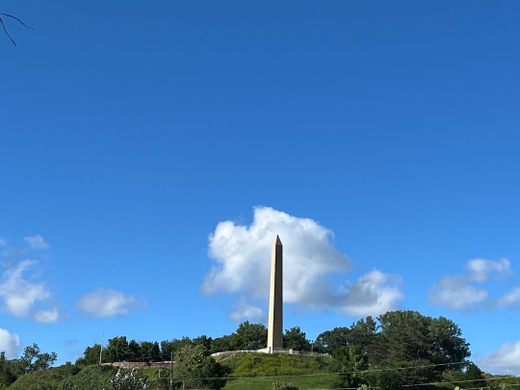




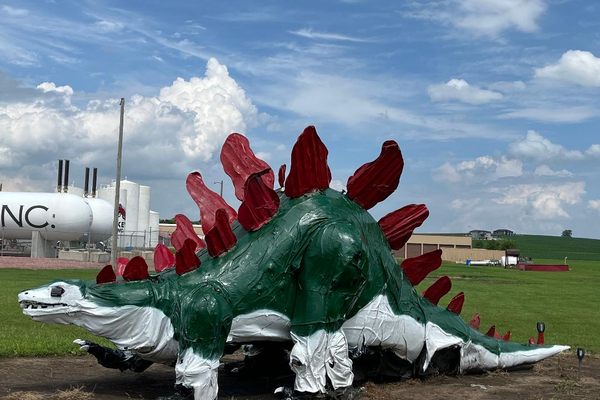


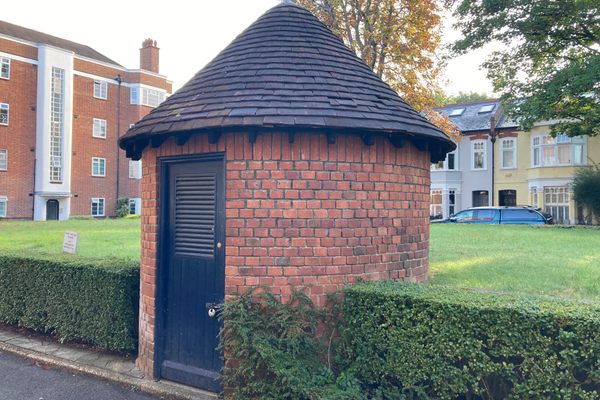



Follow us on Twitter to get the latest on the world's hidden wonders.
Like us on Facebook to get the latest on the world's hidden wonders.
Follow us on Twitter Like us on Facebook